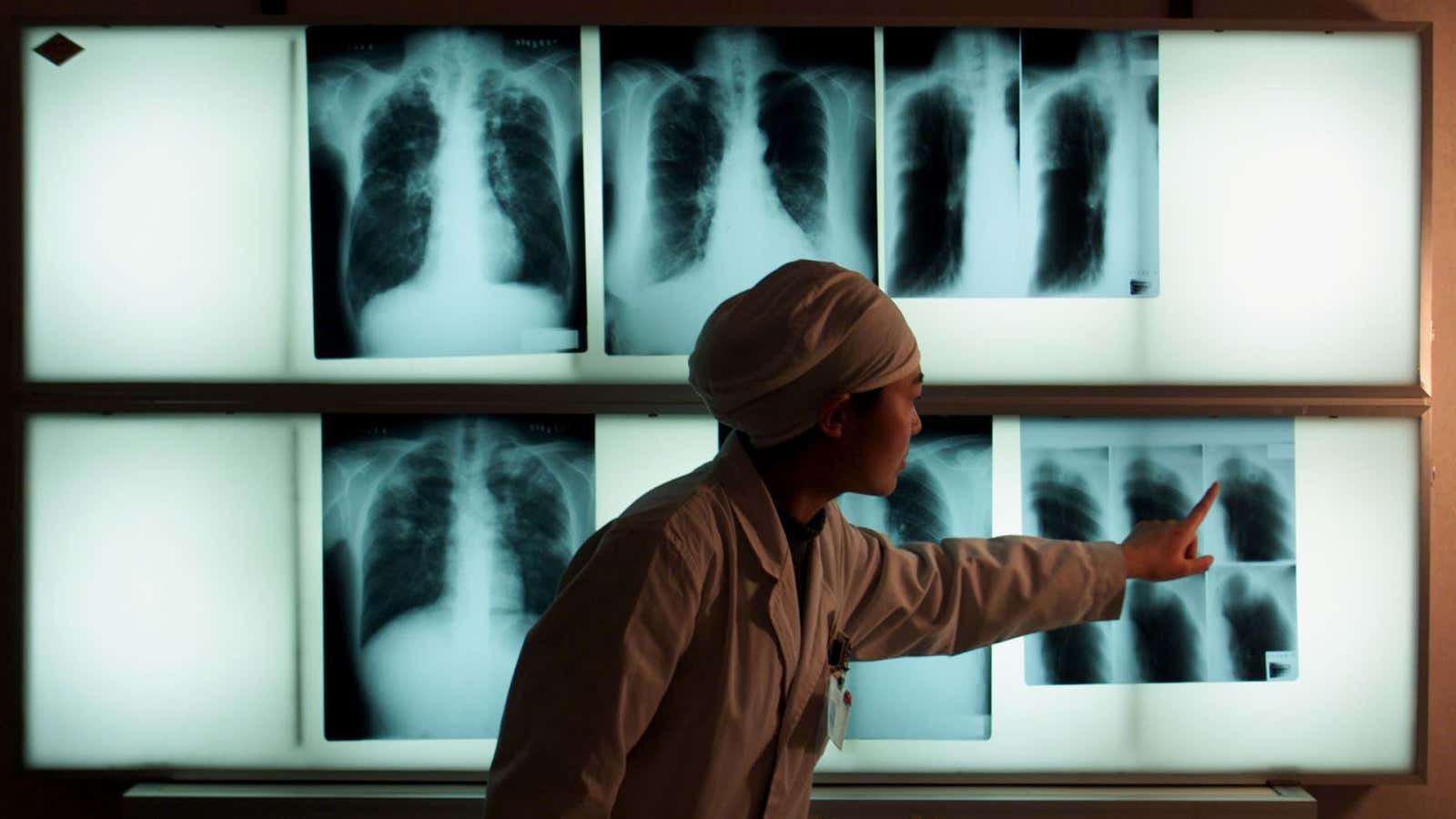In the two years since covid-19 put the world on pause, the progress the scientific community has made against the disease has been astounding. New vaccines, using new technology, have been developed in record time, and are already in the arms of billions around the world.
This has been possible for a number of reasons, chiefly among them international cooperation among researchers, and huge financial investment. According to analysis from the Graduate Institute’s global health center in Geneva, between direct funding of vaccine development and advance purchases of vaccine doses, more than $51 billion—overwhelmingly from public investments—was directed in the first year alone toward having an effective covid-19 vaccine, quickly—and it worked.
“The fact that covid-19 vaccines were developed in record time has injected some optimism that we might be headed toward a vaccine revolution,” says Gavin Yamey, a professor of global health at Duke University.
Other deadly infectious diseases—such as tuberculosis (TB), malaria, and cholera—kill millions every year mostly in the global south, without getting much attention from rich countries. Yet the cooperative effort to address covid-19 shows what is possible when significant resources are directed to vaccine development. New mRNA technologies have sped up the vaccine development timeline, making an argument for significantly stepping up the commitment to other diseases, too.
Covid-19 as a proof of concept in vaccine investment
The large investment made in covid-19 vaccine development pales in comparison to the pandemic’s costs, which are estimated to run to $12.5 trillion by 2024, and would have been many trillions higher without vaccines. Further, vaccines were able to save millions more lives—though covid-19 has killed more than 6 million so far.
Even amid these successes, other infectious diseases have continued to kill millions. Malaria, HIV/AIDS, and TB kill about 4 million people a year. Among them, TB is the leading killer, and was, until 2020, the deadliest infectious disease, accounting for 1.5 million deaths worldwide, mostly in Africa and Asia.
The only vaccine available for TB has been around for a century, and is not widely used nor highly effective. Yet the funding for TB vaccines is abysmal compared to covid-19. Out of the $915 million invested in TB-related research in 2020—or less than half the $2 billion target indicated by the World Health Organization—only 13%, or less than $120 million, went toward vaccines. That means that it would take about 500 years for efforts to develop a TB vaccine to receive the same amount of funding that covid-19 got in one year.
But covid-19 vaccines can function as a proof of concept to promote investment in TB as well as other infectious diseases, including neglected ones, says Yamey. The health impact connected to the development of vaccines is enormous, but the economic returns can be high, too—which is especially important to counter the historical tendency to invest in research primarily for diseases that affect wealthy countries.
“The covid-19 vaccine development has been a spectacular demonstration of what we can do,” says Yamey. “The excitement is real, palpable.”
